
Iran Posts 54% Jump in Steel Exports

Some 4,049,874 tons of steel products have been exported by 10 major steel mills in Iran, including Esfahan’s Mobarakeh Steel Company (EMSCO), Khuzestan Steel Company (KSC), Hormuzgan Steel Complex, etc. in the first seven months of the current local calendar year (March 21-October 22), indicating an 8% surge in comparison with figures from corresponding period in last year.
Some 561,007 tons of steel were exported from August 21 to October 22, showing a 54 percent increase as compared to the same period last year.
According to the Ministry of Industry, Mine and Trade, 26 to 28 million tons of steel are expected to be produced in the country this year (ending March 2020), 12 million tons of which will be exported to target markets.
According to reports, Esfahan’s Mobarakeh Steel Company (EMSCO) exported 885,397 tons of steel, showing a 23 percent increase as compared to the same period last year.
On Monday, Iranian President Hassan Rouhani officially opened Baft Steel mill with a production capacity of over 1.5 million tons a year, in a bid to further raise the country’s metals industry and tap into its vast reserves of metals and minerals.
President Rouhani was in the Southeastern province of Kerman to green-light the start of production at Baft Steel, a mill located in a city with the same name.
The local news outlets said the mill has a total designed capacity of 800,000 tons a year for direct reduced iron (DRI), also called sponge iron, while it will produce a similar amount of crude steel.
It said construction for the mill started in 2017 and concurrent with a government initiative for fighting poverty and unemployment in Baft, a relatively poor region in Kerman, the province where some of Iran’s most precious metal reserves are located.
A total of 250 people will work at the mill and another 2,500 indirect jobs are expected on the supply and distribution chain.
More than €120 million have been spent on the project where construction has involved 50,000 tons of concrete pouring, 4,890 tons of steel structure and 7,641 tons of machinery installation, said the report, adding that the entire mill covers an area of 612 hectares to the Northwest of Baft.
The opening of the mill comes amid intensive efforts to tap into Iran’s massive deposits of metals as the government seeks to offset the impacts of the American sanctions on revenues derived from the sale of oil.
Iran is currently among the 10 leading producers of steel in the world. International surveys have shown that the growth of steel output in Iran for the past three years has outpaced a global rate of 3.5 percent. That has come despite a direct ban imposed by Washington on the country’s trade of metals since May this year.
Back in February, Iran started the construction for a giant steel mill in the country’s Northwestern province of East Azerbaijhajn where a budget of 1.1 trillion rials ($26 million) had been allocated for the project by the private sector.
On January 26, the World Steel Association (WSA) announced that Iran ranked 10th among crude steel producers in the world in 2018 with 25 million tons of production, with a 17.72% rise compared with 2017.
Iran has pushed aside Italy, Taiwan and Ukraine to become the 10th biggest producer of crude steel in the world for the year 2018.
The WSA has put the global crude steel production for the year 2018 at 1,808.6 million tons (Mt), which shows a 4.6% increase compared to 2017.
According to the report, Iran’s crude steel industry has remained in good shape despite the US sanctions.
Iran produced 25.0 Mt in 2018, showing a 17.72% increase compared to 2017 (21.2 Mt).
Iran’s share of global crude steel production has been estimated at 1.38% for the year 2018.
Based on the report, the second to ninth places went to India, Japan, the US, South Korea, Russia, Germany, Turkey and Brazil with 106.46 million tons, 104.33 million tons, 86.7 million tons, 72.46 million tons, 71.68 million tons, 42.44 million tons, 37.31 million tons and 34.73 million tons respectively.
According to the Islamic Republic's Vision Plan, the country's total steel production capacity is to hit 55 million tons a year by 2025, with exports figure expected to reach 10-15 million tons.
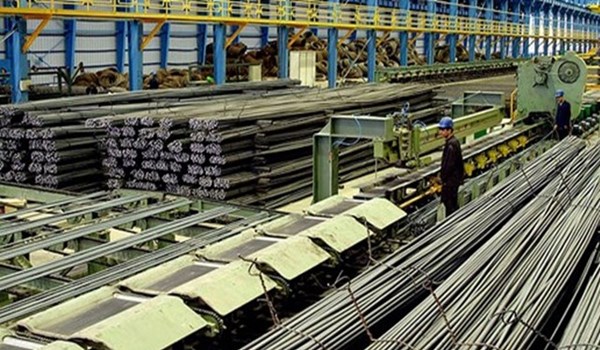


Gold price eases after Trump downplays clash with Fed chair Powell

Copper price hits new record as tariff deadline looms

Brazil producers look to halt pig iron output as US tariff threat crimps demand

Three workers rescued after 60 hours trapped in Canada mine

US targets mine waste to boost local critical minerals supply
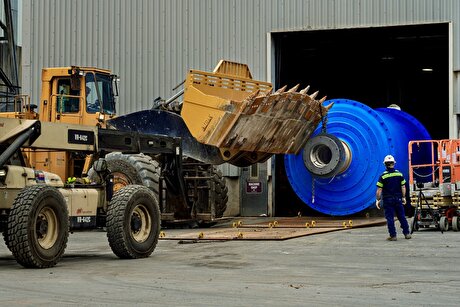
Titan Mining targets Q4 2025 to become only integrated US graphite producer

Energy Fuels surges to 3-year high as it begins heavy rare earth production

Glencore workers brace for layoffs on looming Mount Isa shutdown
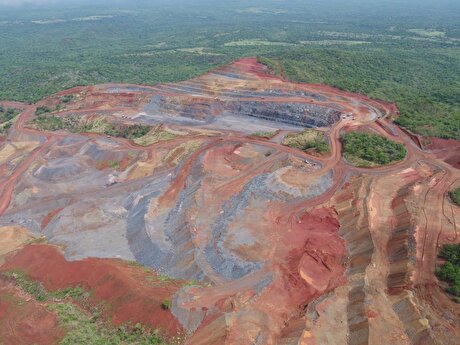
Resolute publishes initial resource for satellite deposit near Senegal mine

Gold price could hit $4,000 by year-end, says Fidelity

Southern Copper expects turmoil from US-China trade war to hit copper

Ramaco Resources secures five year permit for Brook rare earth mine in Wyoming

Column: EU’s pledge for $250 billion of US energy imports is delusional

Finland reclaims mining crown as Canada loses ground

Gold price down 1% on strong US economic data
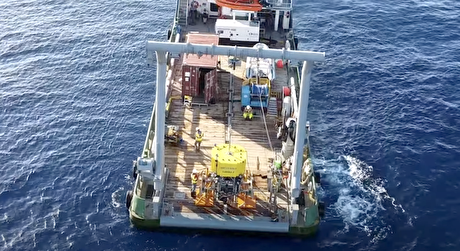
Trump’s deep-sea mining push defies treaties, stirs alarm

Chile’s 2025 vote puts mining sector’s future on the line
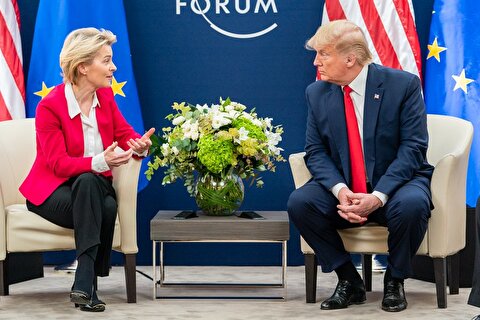
Gold price retreats to near 3-week low on US-EU trade deal
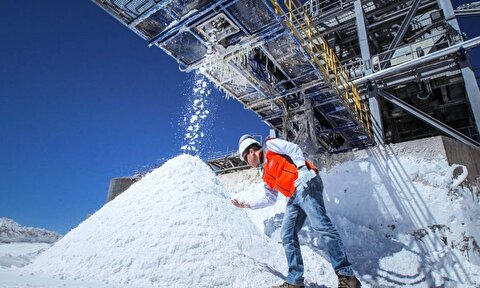
China’s lithium markets gripped by possible supply disruptions

Gold price could hit $4,000 by year-end, says Fidelity

Southern Copper expects turmoil from US-China trade war to hit copper

Ramaco Resources secures five year permit for Brook rare earth mine in Wyoming

Column: EU’s pledge for $250 billion of US energy imports is delusional

Gold price down 1% on strong US economic data

Trump’s deep-sea mining push defies treaties, stirs alarm

Chile’s 2025 vote puts mining sector’s future on the line

Gold price retreats to near 3-week low on US-EU trade deal

China’s lithium markets gripped by possible supply disruptions














